
Fortune News | Mar 26,2022
Nov 30 , 2024
By Sophie Scherger
Healthy soil is indispensable to life on Earth, sustaining nearly 60pc of all living species. As the second-largest carbon reservoir after oceans, soil is also among our planet’s most important natural assets in the fight against climate change.
But the world’s soils are under immense strain. Droughts are increasingly turning fertile land into deserts, while pesticide use drastically reduces soil biodiversity, threatening our ability to produce healthy food. As high-quality agricultural land becomes scarcer, conflicts over shrinking topsoil – critical for crop growth – are intensifying.
The Heinrich Boll Foundation’s recent Soil Atlas shows the many ways we are losing the ground beneath our feet. The current industrial agriculture system has been a major driver of soil degradation, accelerating biodiversity loss and depleting vital carbon reserves. Yet, despite its impact, the agriculture sector has made little progress in advancing climate goals. Its global greenhouse gas emissions have remained largely unchanged over the past decade.
As countries worldwide set new emissions-reduction targets under the 2015 Paris Climate Agreement, it is clear that achieving real emissions cuts will require developing strategies to reduce the agriculture sector’s carbon footprint. One approach touted as a potential solution is "carbon farming," which uses market incentives to reward farmers for storing carbon in their soil. Farmers can earn certificates for increasing carbon storage by adopting practices like planting cover crops. These certificates can then be sold as carbon credits in voluntary or government-mandated markets, providing farmers an additional income stream.
This concept has gained traction in both public policy circles and the private sector. Fertiliser and pesticide companies like Yara and Bayer have already rolled out their own certification programs, while major agriculture producers such as Canada and Australia have integrated these credits into their markets. The European Union (EU) is also developing a certification program for carbon farming, and global carbon markets are expected to follow suit.
Unfortunately, the newfound popularity of carbon farming risks perpetuating the false notion that emissions reductions and soil carbon storage are interchangeable. Even if we accept this premise, developing a system to offset emissions through carbon storage is extremely difficult. For such a system to be effective, storage should originate from a change in farm practices and be measurable and secure for at least a century.
But, given that carbon stored in soils is inherently unstable and can easily be re-released into the atmosphere by droughts, floods, or shifts in farming practices, long-term storage remains highly unreliable. Previous attempts to address this instability in other natural reserves have been unsuccessful. For example, reserve credits set aside to offset unintended carbon releases from forests in California are being depleted faster than anticipated after the intense wildfires there.
There has also been little interest in credits with expiration dates, which would require buyers to renew them periodically.
While measuring the carbon stored in soil is possible, it is neither simple nor cheap. The accuracy of these measurements depends on several factors, including sampling depth, location, and timeframe. Alternative methods, based on limited sampling or mathematical models, have failed to overcome measurement challenges. Since prices for soil-carbon credits have been too low to cover the costs of changing agricultural practices, farmers are unlikely to embrace them.
In response, European regulators have opted to make credit generation easier, rather than adjusting price incentives, thus compromising the system’s integrity.
Beyond methodological challenges, carbon farming can serve as a smokescreen for the livestock industry. Industry groups claim that carbon storage in grasslands can offset methane and nitrous oxide emissions. But this scenario is unrealistic, given that it would require vast amounts of grassland. It is well established that the most effective way to reduce livestock emissions is to reduce livestock numbers and consumption of meat and dairy.
The carbon-market approach views maintaining soil health and reducing emissions as an either/or choice. In reality, both are necessary, as healthy soil is essential for food production. The Intergovernmental Panel on Climate Change has found that sequestering carbon in soils – or anywhere else – cannot replace emissions reductions. Targeting emissions reductions, rather than relying solely on soil credits, could have the additional benefit of weakening the appeal of controversial technologies that aim to remove carbon from the atmosphere.
Simply put, a market-based approach to carbon storage cannot deliver the transformative change we need. We cannot offset our way out of the climate crisis. Instead, we should redirect public funds spent on agricultural subsidies to investments that improve soil health and support farmers as they transition to a climate-resilient food system.
PUBLISHED ON
Nov 30,2024 [ VOL
25 , NO
1283]


Fortune News | Mar 26,2022

Verbatim | Feb 19,2022

Sunday with Eden | Aug 08,2020

Radar | Jun 03,2023

Radar | Nov 05,2022

My Opinion | Apr 22,2022

Commentaries | Feb 19,2022
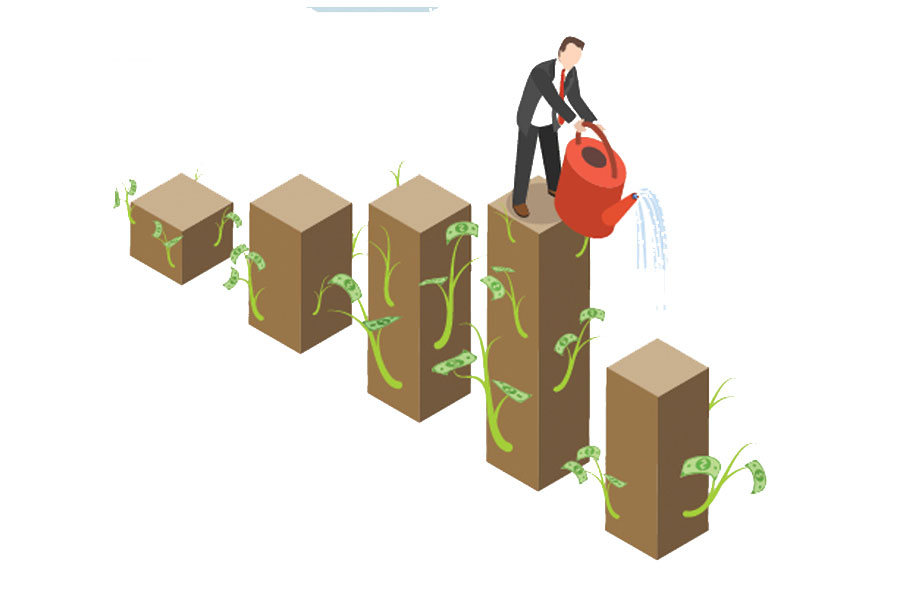
View From Arada | Jul 23,2022

Commentaries | Jun 29,2024
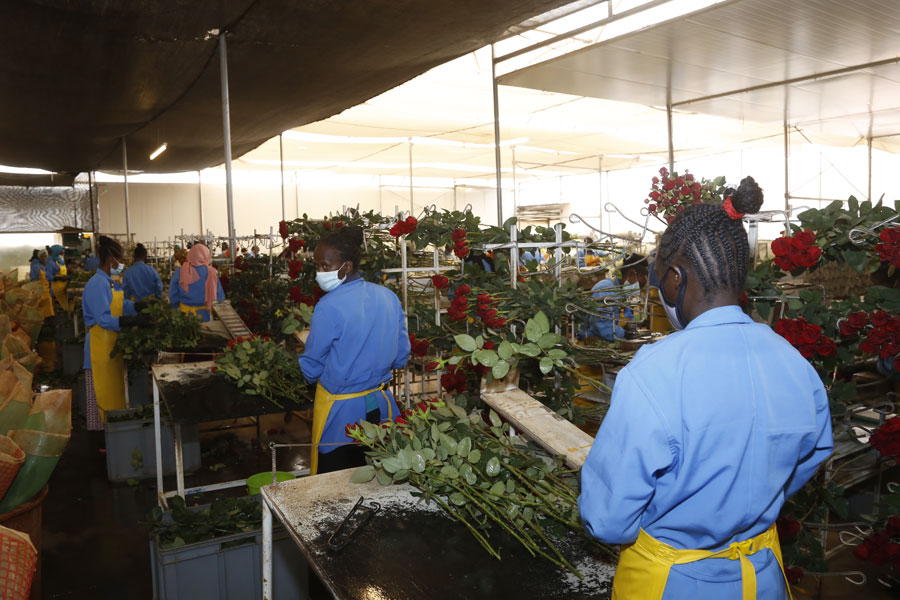
Fortune News | Apr 22,2023

My Opinion | 131974 Views | Aug 14,2021

My Opinion | 128363 Views | Aug 21,2021

My Opinion | 126301 Views | Sep 10,2021

My Opinion | 123917 Views | Aug 07,2021

Dec 22 , 2024 . By TIZITA SHEWAFERAW
Charged with transforming colossal state-owned enterprises into modern and competitiv...

Aug 18 , 2024 . By AKSAH ITALO
Although predictable Yonas Zerihun's job in the ride-hailing service is not immune to...

Jul 28 , 2024 . By TIZITA SHEWAFERAW
Unhabitual, perhaps too many, Samuel Gebreyohannes, 38, used to occasionally enjoy a couple of beers at breakfast. However, he recently swit...
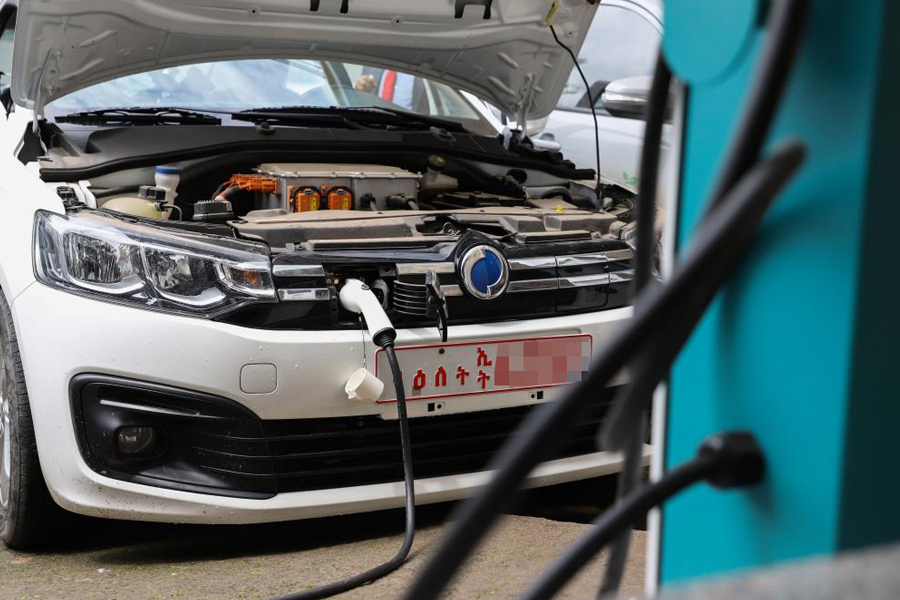
Jul 13 , 2024 . By AKSAH ITALO
Investors who rely on tractors, trucks, and field vehicles for commuting, transporting commodities, and f...

Jul 5 , 2025
Six years ago, Ethiopia was the darling of international liberal commentators. A year...
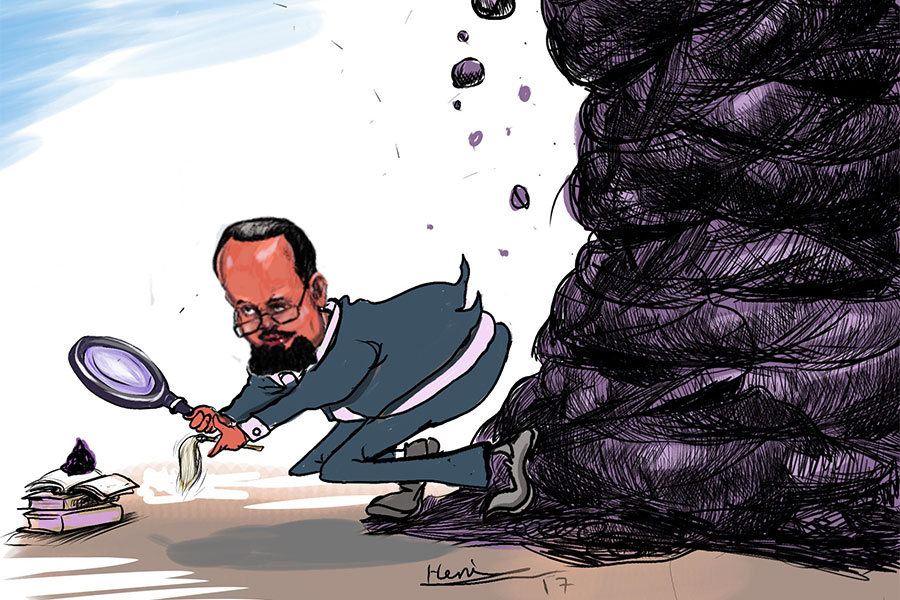
Jun 28 , 2025
Meseret Damtie, the assertive auditor general, has never been shy about naming names...
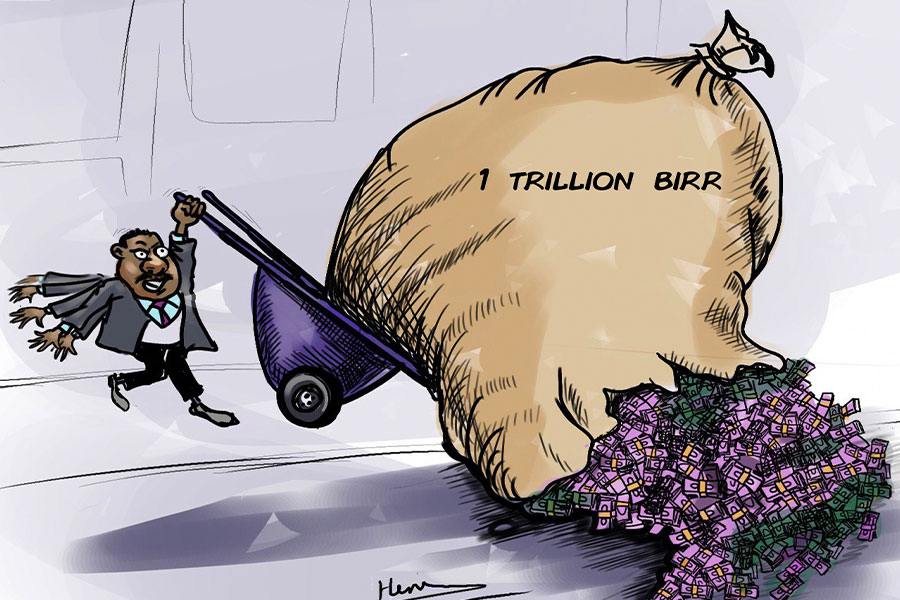
Jun 21 , 2025
A well-worn adage says, “Budget is not destiny, but it is direction.” Examining t...
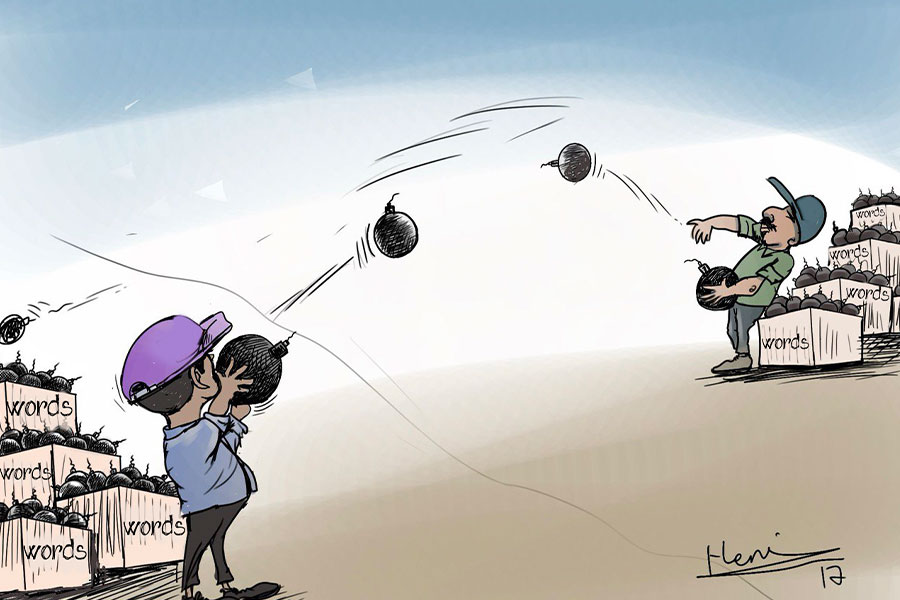
Jun 14 , 2025
Yet again, the Horn of Africa is bracing for trouble. A region already frayed by wars...

Jul 6 , 2025 . By BEZAWIT HULUAGER
The federal legislature gave Prime Minister Abiy Ahmed (PhD) what he wanted: a 1.9 tr...

Jul 6 , 2025 . By YITBAREK GETACHEW
In a city rising skyward at breakneck speed, a reckoning has arrived. Authorities in...

Jul 6 , 2025 . By NAHOM AYELE
A landmark directive from the Ministry of Finance signals a paradigm shift in the cou...

Jul 6 , 2025 . By NAHOM AYELE
Awash Bank has announced plans to establish a dedicated investment banking subsidiary...